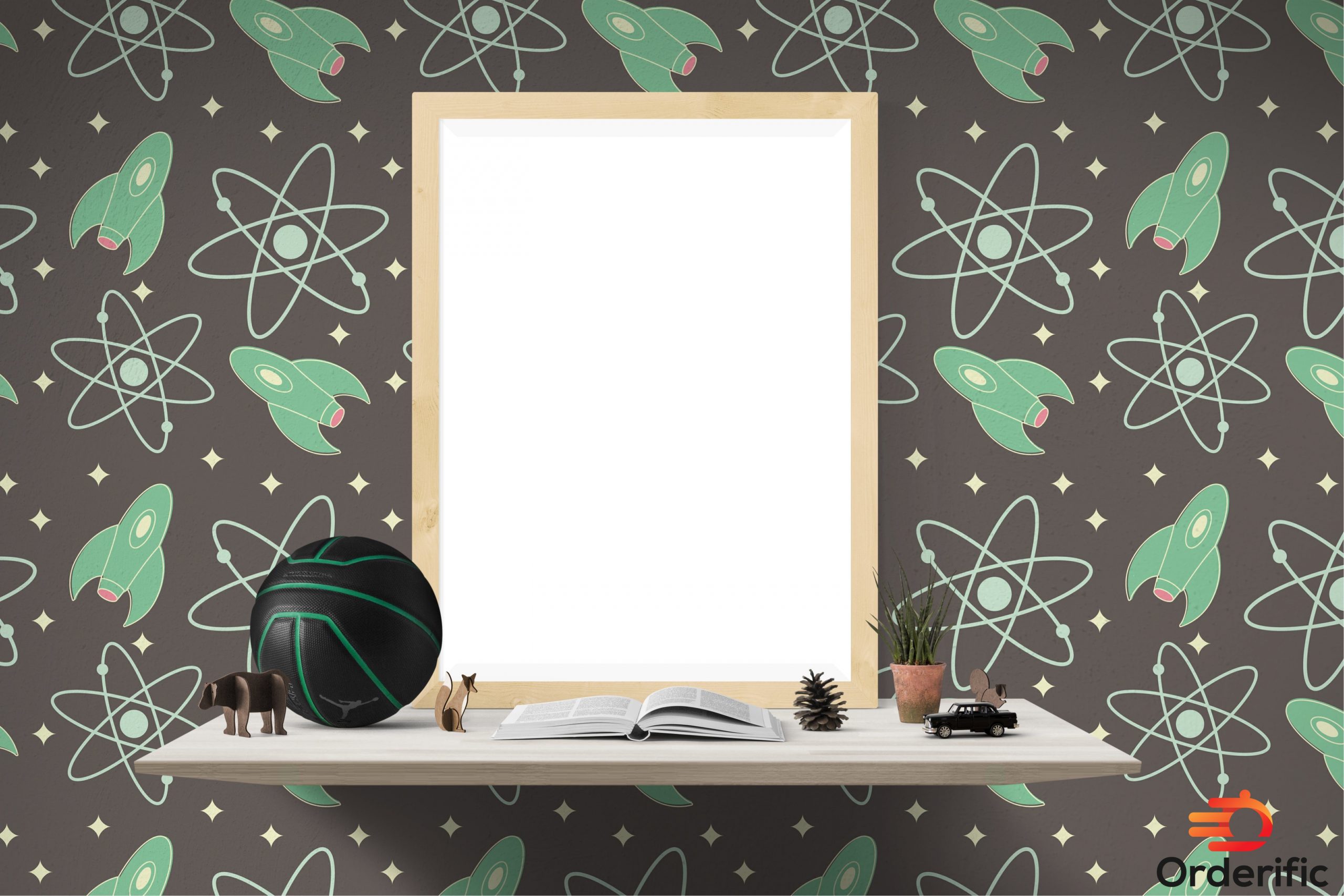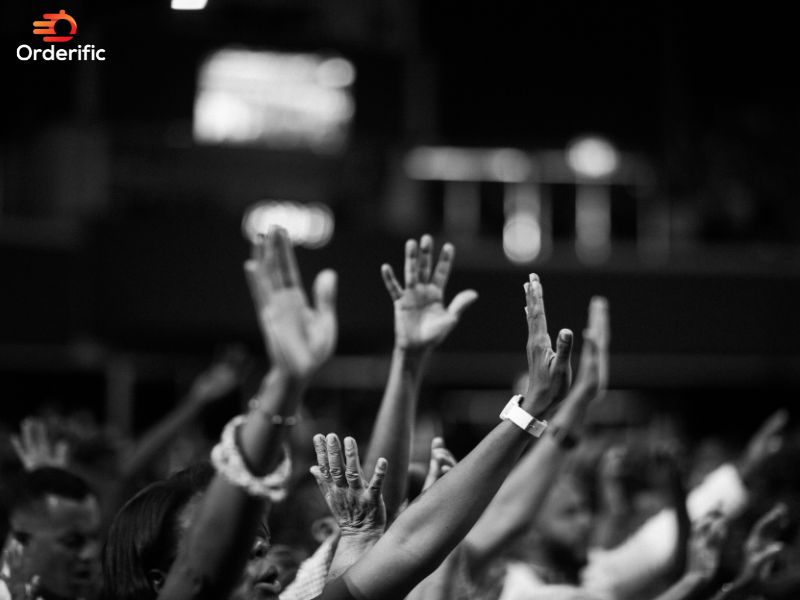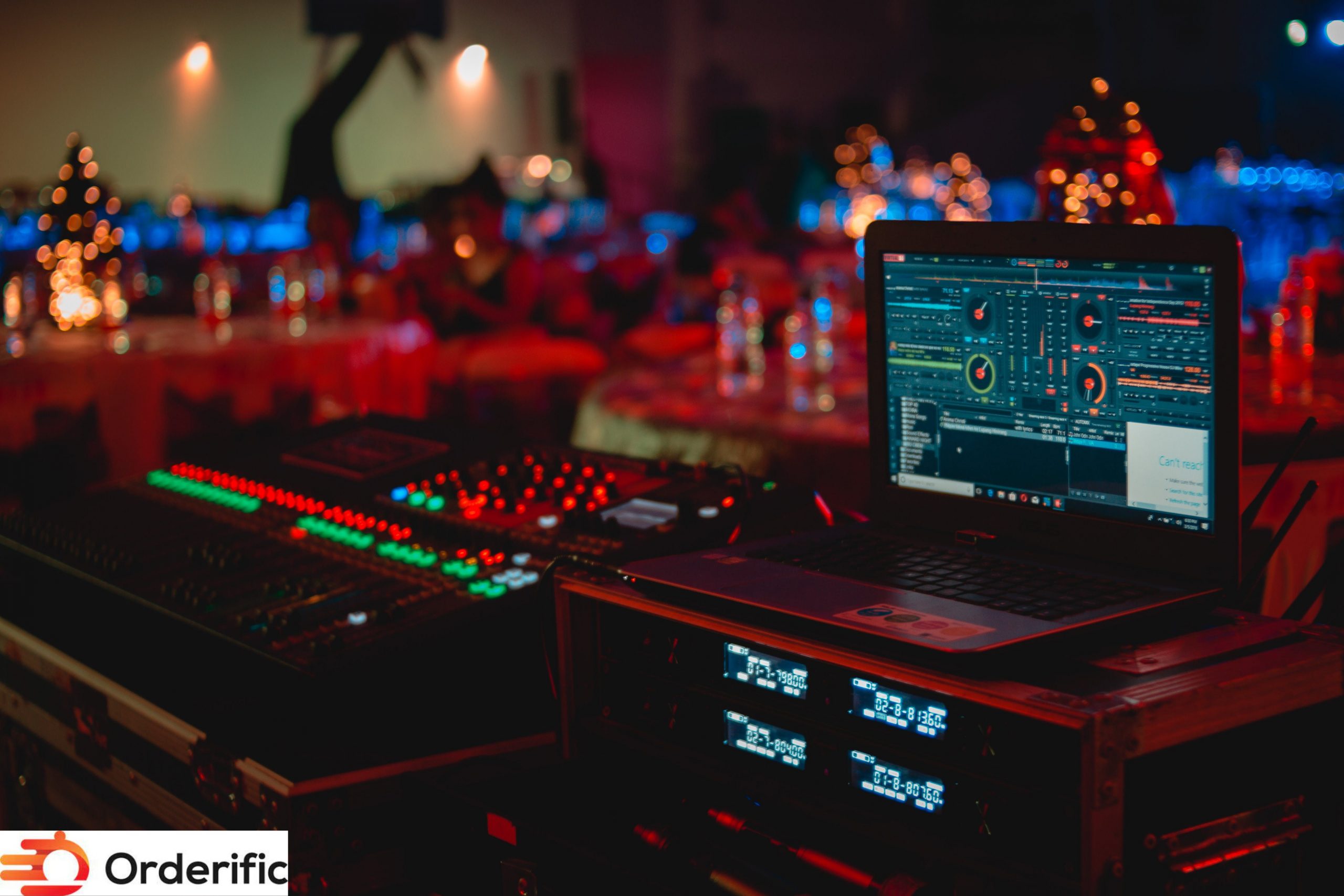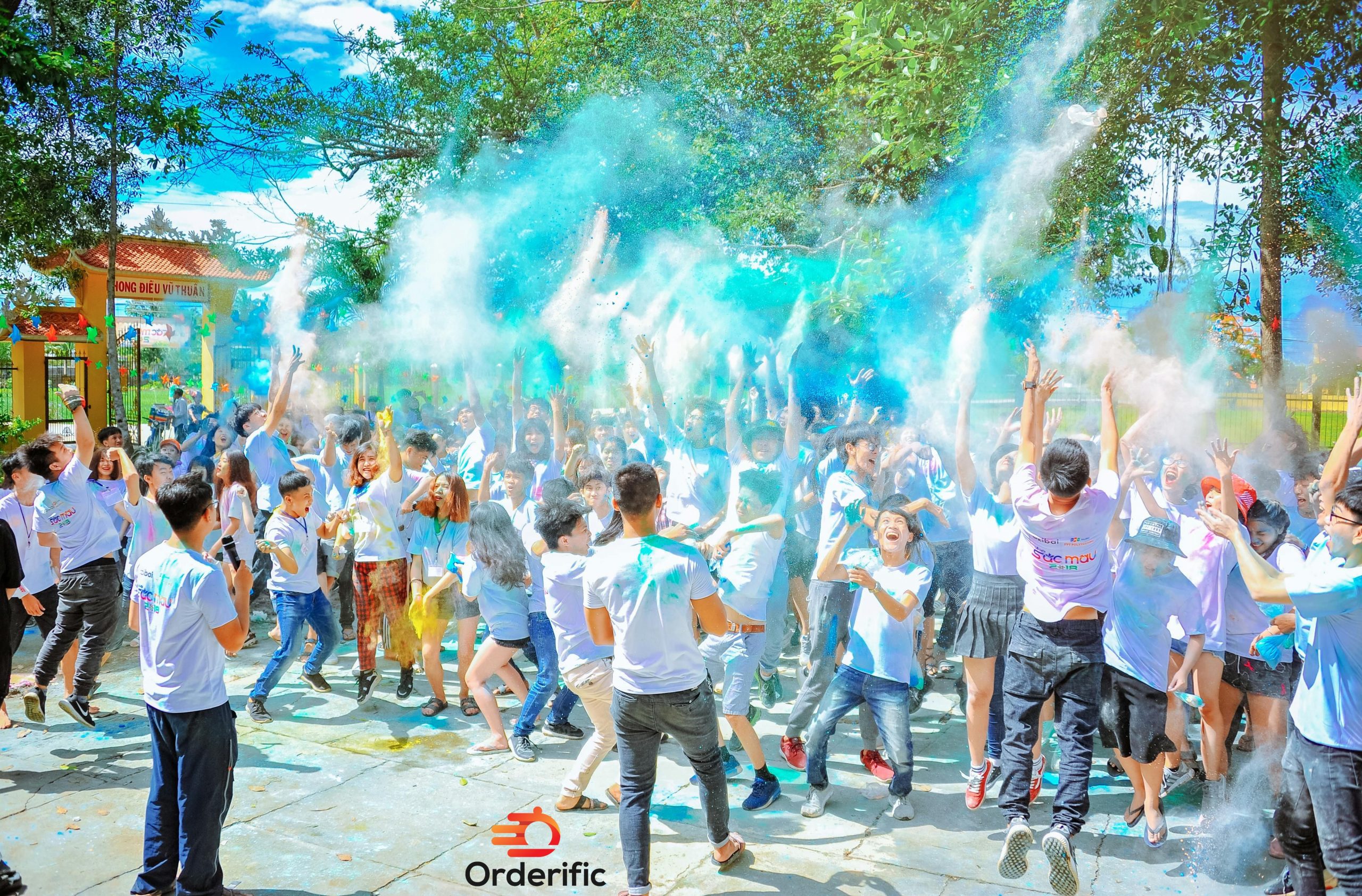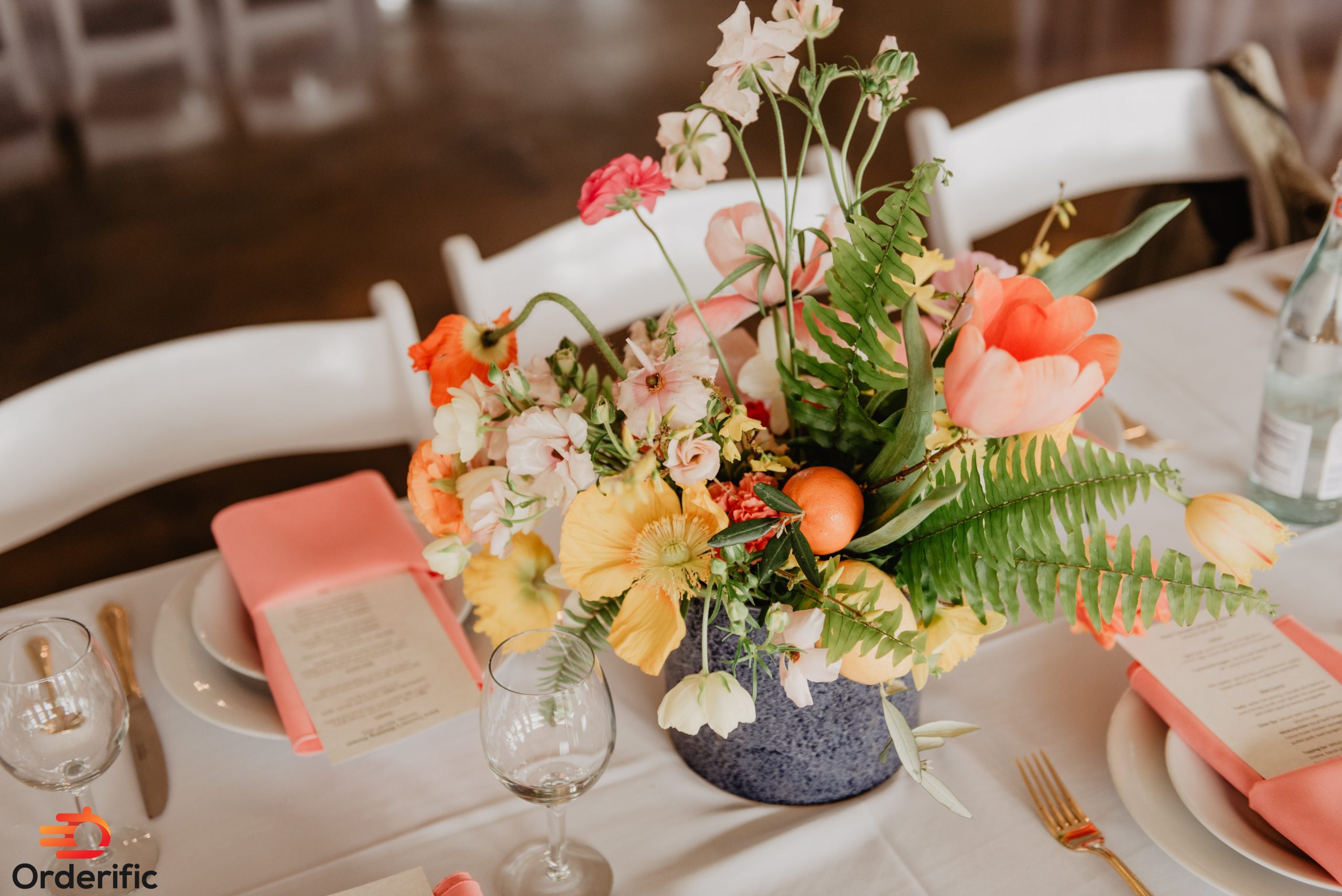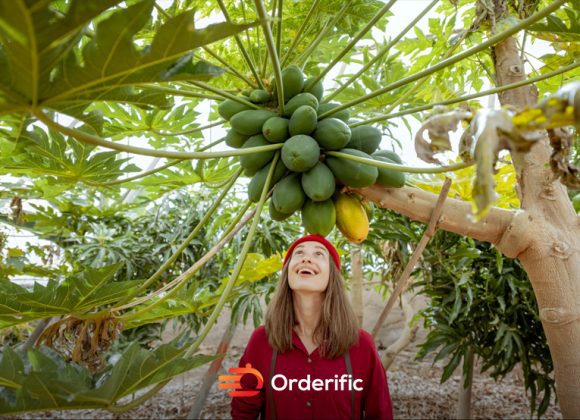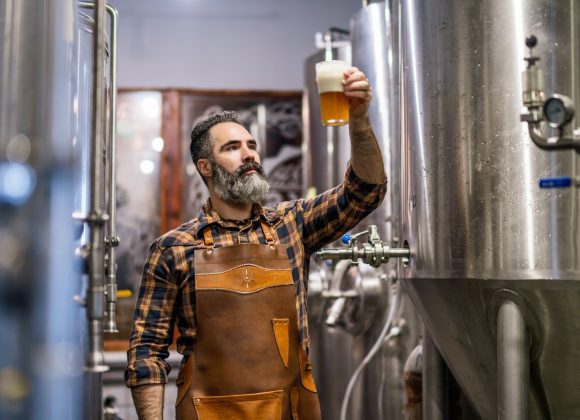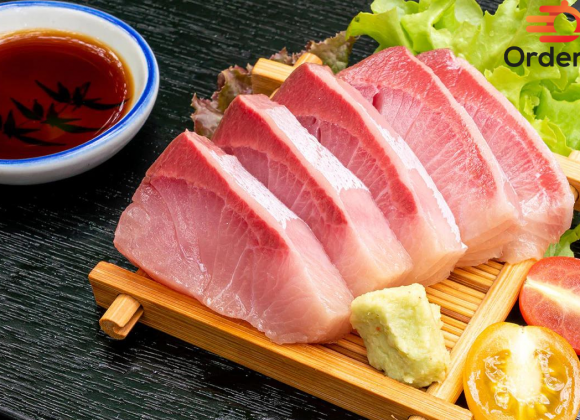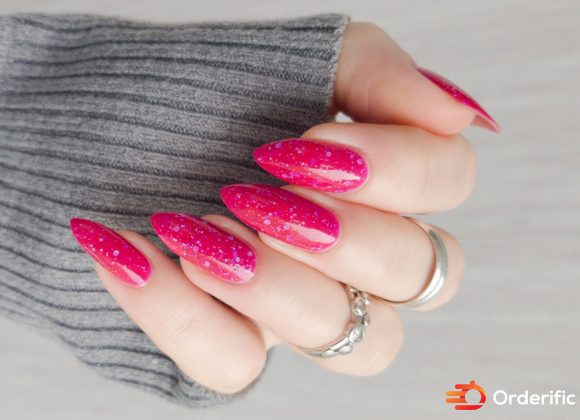Introduction
In the bustling aisles of a retail store, customers’ purchase decisions are significantly influenced by shelf placement and visual merchandising. The science of product placement is more than just stocking products on a shelf; it’s a strategic orchestration of product visibility, store layout, and shelf space that enhances customers’ engagement. The correct display can turn a casual browser into a loyal customer, boosting the brand presence in the crowded retail environment. Efficient shelf arrangement, coupled with strategic merchandising, can even trigger impulse purchases. This article delves into the intriguing world of shelf placement in supermarkets and its impact on consumers, retailers, and overall store outcomes.
Understanding Shelf Space Marketing
Shelf space marketing leverages the power of visual merchandising and strategic product placement to attract customers and promote sales in a retail store. The store layout plays a critical role in guiding customers through the store, exposing them to a wide range of products. In this retail environment, the art of shelf placement becomes pivotal.
The strategic use of shelf space, with its precise product display, can significantly enhance product visibility, making the retail execution more effective. A well-thought-out shelf arrangement can draw attention to specific products, encouraging customers to interact with them. This, in turn, enhances the brand presence within the store, leading to increased impulse purchases.
Furthermore, the way products are displayed on shelves can make a significant difference. A well-executed product display, combined with effective visual merchandising, can elevate the overall shopping experience for customers. The science of shelving, in essence, revolves around creating a store layout and product placement that optimizes the use of shelf space, making products easily accessible and visible to customers.
In conclusion, the success of a retail store heavily relies on the science of shelf placement. From product visibility to the arrangement of shelf space, every detail contributes to the store’s appeal, influencing customers’ purchasing decisions and enhancing the retailer’s overall sales performance.
Why Does Shelf Space Marketing Matter?
Shelf placement is integral to the customer experience in a retail store. Expertly arranged shelves can significantly enhance product visibility and guide the customer journey within the store. This strategy, known as visual merchandising, uses creative displays to grab customers’ attention and encourage them to interact with products.
A well-planned store layout can expose customers to a broad range of products, triggering impulse purchases. Strategic product placement on shelves can highlight specific items and increase their visibility. Further, an organized shelf layout simplifies the retail environment, making the shopping experience more enjoyable for customers.
The key to successful retail execution lies in optimizing shelf space. By maximizing shelf space usage, retailers can display a variety of products, providing customers with numerous options. A well-curated product display not only enhances the visual appeal of the store but also significantly impacts customers’ purchasing decisions.
In essence, the science of shelving in a retail store revolves around strategic product placement, optimal use of shelf space, and effective visual merchandising. These factors contribute to brand presence, offering a competitive advantage in the bustling retail environment. Thus, understanding and implementing the principles of shelf placement can significantly influence the retailer’s overall sales performance and customer satisfaction.
How To Maximise Your Retail Shelf Space?
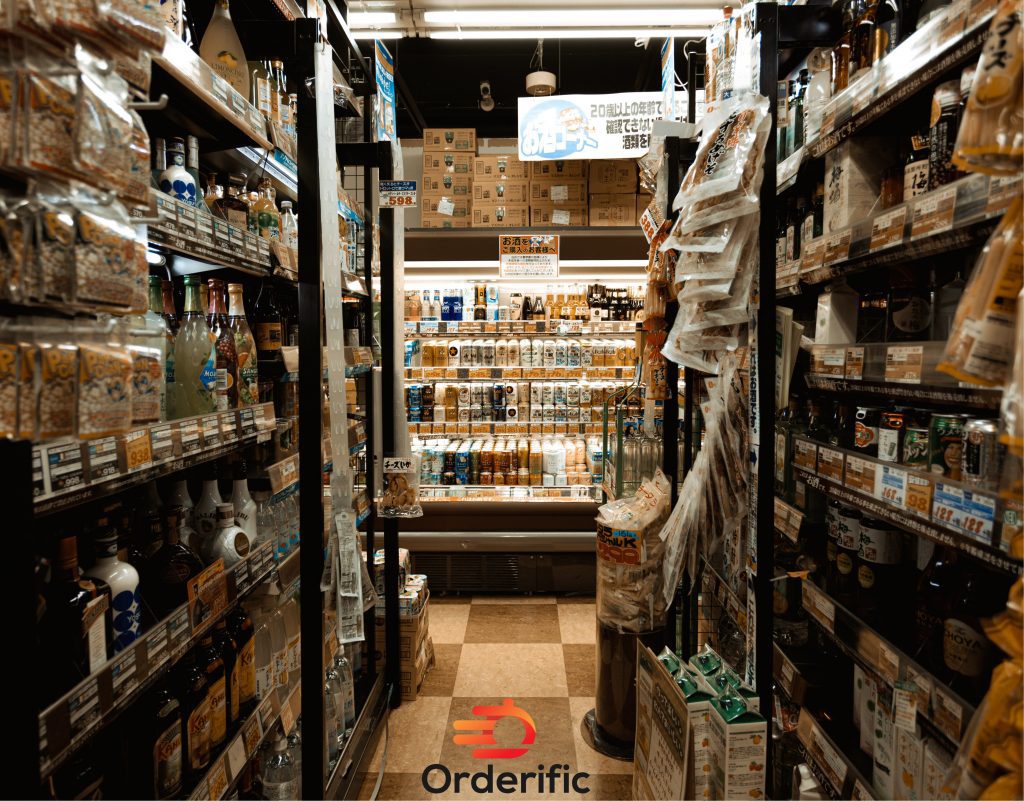
1. Shelf Framing
Shelf framing is a strategic method of product placement that involves structuring the products on the shelves in a way that maximizes visibility and attractiveness. This tactic takes advantage of the customer’s natural line of sight. Utilizing the ‘bull’s eye zone’ – the area at eye level where customers are most likely to focus – is crucial. High-selling items and profitable products are typically placed in this zone to attract maximum customer attention.
In contrast, products that are less likely to bring in substantial profits may be placed in the ‘stretch zone’, which demands a little more effort from the customer to reach. This method of product placement encourages exploration and may result in customers discovering new items they find interesting. Strategic framing of products on shelves can significantly affect a customer’s shopping experience and ultimately influence their purchasing decisions.
2. Front Fencing
Front fencing is a retail strategy to arrange products vertically at the edge of the shelf, enhancing their visibility. This layout creates an appealing, uniform look that quickly catches the customer’s eye. It allows for maximum product exposure, fostering a sense of abundance, and making the shopping experience more engaging. It also enables easier inventory management, as fewer items are hidden from view. Importantly, front fencing optimizes the use of shelf space, facilitating an effective display of a wide range of products. Consequently, this can influence customer behavior by drawing attention to specific products, potentially increasing sales and customer satisfaction.
3. Shelf Talkers
Shelf talkers are a powerful tool in retail marketing. They are small signs attached to shelves, drawing immediate attention to the products displayed. They serve as silent salespeople, communicating with customers directly through eye-catching designs, persuasive text, or even QR codes. They can highlight special offers, provide product details, or share customer testimonials that enhance credibility. Shelf talkers can significantly influence purchasing decisions by making products stand out, thereby maximizing product visibility. They are particularly effective for promoting new products, limited-time offers, or best-selling items. When used strategically, shelf talkers can boost the effectiveness of visual merchandising, contributing to increased sales and improved customer experience.
4. Shelf Edge Bottle Glorifiers
Shelf edge bottle glorifiers are an effective tool for enhancing product visibility, particularly for beverages. These are lit displays placed at the edge of shelves, often used in liquor stores to highlight premium brands and special offerings. The backlit design catches the customers’ attention, making the bottles look more appealing. Additionally, they provide an enhanced aesthetic to the store layout, contributing to an elevated shopping experience for customers. In essence, the strategic use of shelf-edge bottle glorifiers in the retail environment can significantly increase product visibility, potentially boosting sales and customer satisfaction.
5. Shelf Edge Leaflet Dispensers
Shelf edge leaflet dispensers are a strategic addition to retail space, enhancing customer interaction and product visibility. These dispensers provide shoppers with promotional leaflets, product information, or discount coupons right at the point of sale. They serve as a tool for effective visual merchandising, communicating directly with customers, and promoting impulse buying. Strategically placed at the shelf edge, these dispensers can attract customers’ attention and encourage them to explore products further, enhancing their overall shopping experience. By providing customers with relevant and valuable information, leaflet dispensers can stimulate interest, reinforce brand presence, and influence purchasing decisions. This, in turn, contributes to improved sales performance and customer satisfaction, underlining the power of strategic shelf placement.
6. Shelf Trays
Shelf trays are an essential component of effective product placement in retail stores. They not only provide an organized display of products but also enhance visibility, making it easier for customers to spot and access the products they need. Shelf trays enable retailers to group similar items, creating an intuitive shopping experience. This method of product organization can streamline customers’ shopping journeys, potentially leading to increased sales and improved customer satisfaction. Furthermore, shelf trays allow for more efficient use of shelf space, ensuring a greater variety of products can be displayed. This strategic use of shelf placement, combined with effective visual merchandising, can significantly enhance the overall store layout and customer experience.
7. Stock Pusher Systems
Stock pusher systems are an invaluable tool in retail shelf management. These handy devices ensure that products are continually pushed to the front of the shelf, maintaining a tidy and appealing display. This improves product visibility, making items more noticeable and attractive to customers. Additionally, stock pusher systems simplify shopping for customers by keeping products within easy reach. An efficient store layout that incorporates these systems can lead to increased sales as customers find it easier to locate and interact with products. Furthermore, stock pusher systems effectively maximize the use of shelf space, enhancing the overall retail environment. The strategic implementation of such systems, combined with effective visual merchandising strategies, can significantly boost a retailer’s sales performance and customer satisfaction.
8. Shelf Wobblers
Shelf wobblers are dynamic visual merchandising tools used in product placement strategies. These small, typically brightly colored tags extend from the shelf and wobble when disturbed, attracting customers’ attention in a unique, playful manner. They can highlight specific products, special offers, or other pertinent information, effectively standing out amidst a crowded shelf. The interactive nature of shelf wobblers stimulates customer curiosity, potentially inspiring them to explore products further. This can lead to increased product visibility, encouraging impulse purchases, and enhancing customer satisfaction. Thus, the strategic use of shelf wobblers, alongside other effective shelf placement techniques, can significantly improve a retailer’s sales performance and contribute to an engaging shopping experience for customers.
9. Shelf Danglers
Shelf danglers are an impactful visual merchandising tool that dangles from the edge of store shelves, adding a dynamic element to product displays. They draw customers’ attention to specific products, promotions, or information, offering a break from the static shelf layout. Like shelf wobblers, they create an interactive shopping experience, stimulating curiosity and promoting exploration. The strategic use of shelf danglers can significantly enhance product visibility, potentially leading to greater sales and improved customer satisfaction. Their interactive nature also adds to the store’s overall aesthetic appeal, making shopping a more engaging experience for customers. In conclusion, effective shelf placement strategies, be it through danglers, wobblers, or other tools, play an essential role in a retailer’s success, optimizing product visibility and customer engagement.
10. Clip Strips
Clip strips are versatile retail tools that optimize product visibility and encourage impulse purchases. Typically hung in high-traffic areas, near the checkout, or alongside related products, these strips display smaller, often add-on items that may go unnoticed on crowded shelves. Known for their flexibility, they can be placed strategically to maximize customer exposure to products. Effectively used, clip strips can enhance the shopping experience by making product discovery more exciting and convenient. They also enable retailers to maximize their use of store space, especially beneficial in smaller or densely stocked stores. In conclusion, clip strips form an integral part of strategic shelf placement, contributing to increased sales and customer satisfaction by improving product visibility and accessibility.
11. Shelf Illumination
Shelf illumination is a powerful tool in visual merchandising, enhancing product visibility and the aesthetic appeal of the store. By strategically illuminating shelves, retailers can highlight specific products, guide customers’ attention, and influence their purchasing decisions. This technique can be particularly effective for showcasing premium products, limited-time offers, or new additions. Moreover, shelf illumination can enhance the store’s overall ambiance, making the shopping experience more enjoyable for customers. Therefore, a well-implemented shelf illumination strategy, when combined with other effective shelf placement techniques, can significantly boost a retailer’s sales performance and improve customer satisfaction.
12. Hangsell Displays
Hangsell displays are another effective tool in visual merchandising, optimizing product visibility and accessibility. These displays typically suspend products, such as accessories or small packaged goods, at eye level, making them a strategic solution for enhancing impulse purchases. The efficiency of HangSell displays lies in their ability to position related or complimentary products near each other, facilitating cross-selling. Additionally, they make efficient use of vertical space, ideal for stores with limited shelf area. By optimizing product placement and visibility, Hangsell displays can significantly contribute to increased sales and enhanced customer satisfaction.
Conclusion
In conclusion, strategic shelf placement is a critical aspect of retail success, significantly influencing product visibility, customer engagement, and ultimately sales performance. Whether it’s the strategic framing of products on shelves, the use of dynamic tools like shelf wobblers and danglers, or the aesthetic appeal brought by shelf illumination and hangsell displays, each strategy plays a unique role in optimizing the retail environment. The power of these visual merchandising techniques lies in their ability to communicate with customers, guide their attention, and shape their shopping experience. By skillfully implementing these strategies, retailers can maximize their store’s potential, turning every inch of shelf space into an opportunity for increased sales and enhanced customer satisfaction. If you’re ready to take your store to the next level, Orderific is here to help. Schedule a demo with us today to learn how our innovative solutions can optimize your retail space for success.
FAQs
How does shelf placement impact product visibility in a retail store?
Shelf placement enhances product visibility by positioning items strategically to attract customer attention and stimulate purchase decisions.
What strategies can improve product visibility on store shelves?
Effective strategies include using shelf talkers, strategically organizing products, implementing shelf illumination, and employing visual merchandising tools like shelf wobblers and danglers.
What role does store layout play in enhancing product visibility and customer experience?
Store layout significantly influences product visibility and customer experience by guiding shoppers’ movements and focusing their attention on key products.
How can shelf placement and store layout optimize product exposure to drive sales?
Shelf placement and store layout can optimize product exposure by strategically positioning items to attract customer attention, encourage interaction, and stimulate purchase decisions.
What are the best practices for organizing shelf placement and store layout for retail success?
Best practices include strategic product grouping, utilizing visual merchandising tools, and creating an intuitive and engaging shopping environment.


